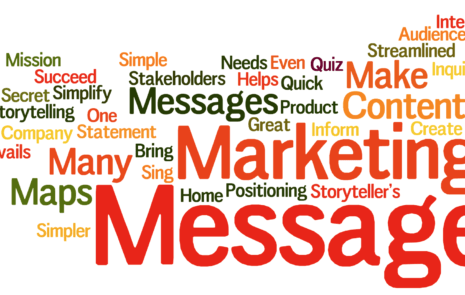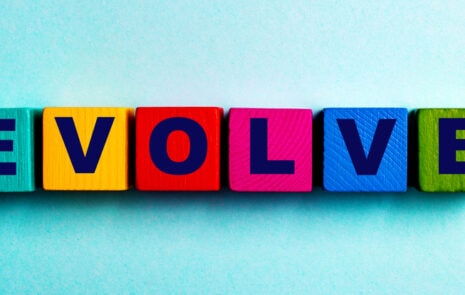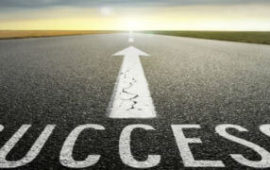
Top 100 Content Marketing Question: How do you convince upper management to create the smaller bits of content to get people to the larger white papers?
A free taste of great content makes audiences hunger for more
That’s why marketers need to create short-form content.
When you need to gain a license to create short-form content, here are 3 good reasons for management to grant you that license.
1. People prefer short content at first
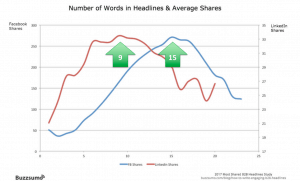
There’s plenty of proof that you need to create short-form content to address people’s short attention spans:
- The Harvard Study of Communications found that you have only 7 seconds to make a first impression.
- If you’re quoted in news media, your quote usually will be short-form content of 7 seconds or 23 words.
- The New York Times is likely to give you only 7 words!
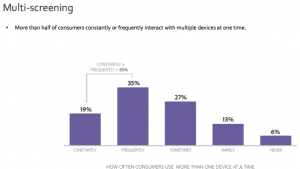
Just as you’d serve food to your guests at a party, portion your content in different serving sizes. Create short-form content that leads to long-term engagement.
Think of your content serving sizes as:
- Snacks or hors d’oeuvres
- Salads or soups
- Sides
- A main course.
Just like a free sample, offer a content snack to lure people into consuming more.
When you create content in multiple serving sizes, people start by taking a taste. Offer short-form content as a headline, email subject line, Tweet, sound bite or elevator pitch.
Gradually, people work their way up to longer-form content at their own pace. Here’s a guide on how to slot different lengths of content appropriately for digital, live and print media:

At Tellabs, we learned empirically that people consume short content at first, then work their way up to longer-form content such as white papers. That’s why marketers need to create short-form content for carefully considered purchases – both B2C and B2B.
Once customers make a habit of consuming long-form content, they’re likely to consume more long-form content, rather than revert to short-form.
If your audience needs substantial content for a carefully considered purchase, make sure you offer plenty of useful long-form content for your audience to consume.
Always invite your audience to consume a related piece of content when they finish one. Keep their plates full.
2. Make your content scalable from 7 seconds to 20 minutes
Create content that scales naturally by creating a Message Map. What is a Message Map?
A Message Map gives you the main message or home, supported by 3 or 4 positive points. Together, your home and positive points are about 23 words, 7 seconds of content that packs a punch.
Here’s the anatomy of a Message Map:

Why do Message Maps work? Because a Message Map quickly answers the audience’s question: What’s in it for me?
For example, here’s a 7-second Message Map for the Virgin Chicago Hotel.
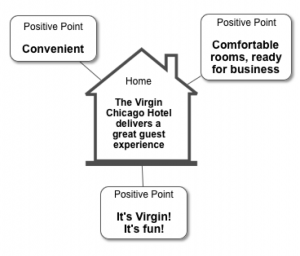
To add meat to the bones of a 7-second message, add 3 proof points to support each positive point. You wind up with 1 home, 3 positive points and 9 proof points – scaling up to a 2-minute message.
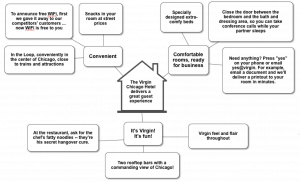
You can extend the message further. Add examples, stories and anecdotes to create 5-minute and 20-minute Message Maps. Here’s the anatomy of a 20-minute Message Map:

Make sure that your home and 3 positive points stay absolutely consistent, whatever length of content you create. Here’s how to keep your content marketing always on message.
Why is it crucial to stay on message? Because the brain equates consistency with credibility, says neuroscientist Dr. Carmen Simon.
3. Honor the tradition of free samples
Stores such as Costco and Whole Foods give customers free samples as they wander through the aisles. Farmer’s markets are another place to find free samples.
Why? Sampling works to create sales. Just a little taste can get people hooked.
Content marketing is a kissing cousin of free samples. Content marketing gives away valuable knowledge free to buyers who want to find answers to their questions, be inspired, be intrigued or be entertained.
The successful launch of Coca-Cola depended on getting people to try free samples.
“Giving product away was a novel notion in the late 19th Century, and it worked. Free samples caught the public’s attention and gave Coca-Cola momentum,” the brand recalls.
Create short-form content and give people a free taste, a free sample of your subject-matter expertise. If the quality is good, soon they’ll be back for more content and bigger serving sizes.
Upper management should grant you the freedom to create content in multiple lengths, so you can attract and grow an audience of followers and subscribers that turn into customers. That’s how content marketing works.
A free taste of compelling content makes audiences hunger for more. A content snack can get people hooked on your content!
To convince upper management to give you a free hand to create short-form content, remember:
- People prefer short content at first.
- Make your content scalable.
- Honor the tradition of free samples.

“How do you convince upper management to create the smaller bits of content to get people to the larger white papers?” is one of marketers’ Top 100 Questions about content marketing.
Here are answers to marketers’ Top 100 Questions on content marketing.
Related Posts
Top 10 Blogs of 2016 on Marketing Messages and Content Marketing
The top 10 blogs you chose to read in 2016 focused on marketing messages & content marketing. You zoomed in on 3 problems that vex and bedevil marketers...
Your company evolves. Should you evolve your message too?
Is your organization the same today as it was a few years ago? The answer is probably no. All companies evolve over time. So...
News media interview? Read these tips to be a great spokesperson.
Great news! Your company scored a news media interview, a great chance to get your company’s story heard. And they’ve chosen you as the...
Top 100 Content Marketing Question: How do you develop a successful content marketing program in an organization?
How do you develop a successful content marketing program in an organization? To develop a successful content marketing program: Avoid over-reliance on an agency’s...

